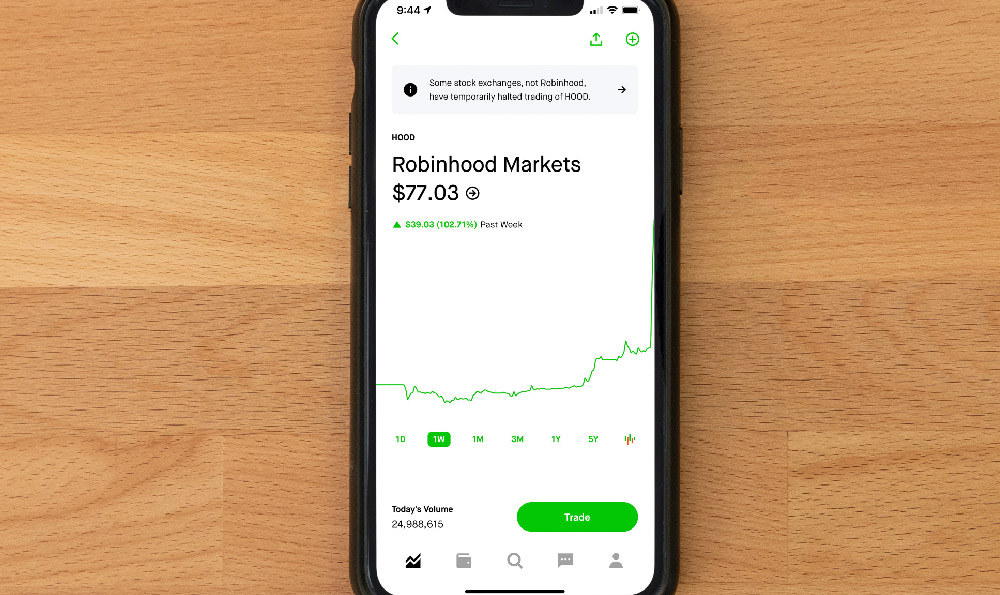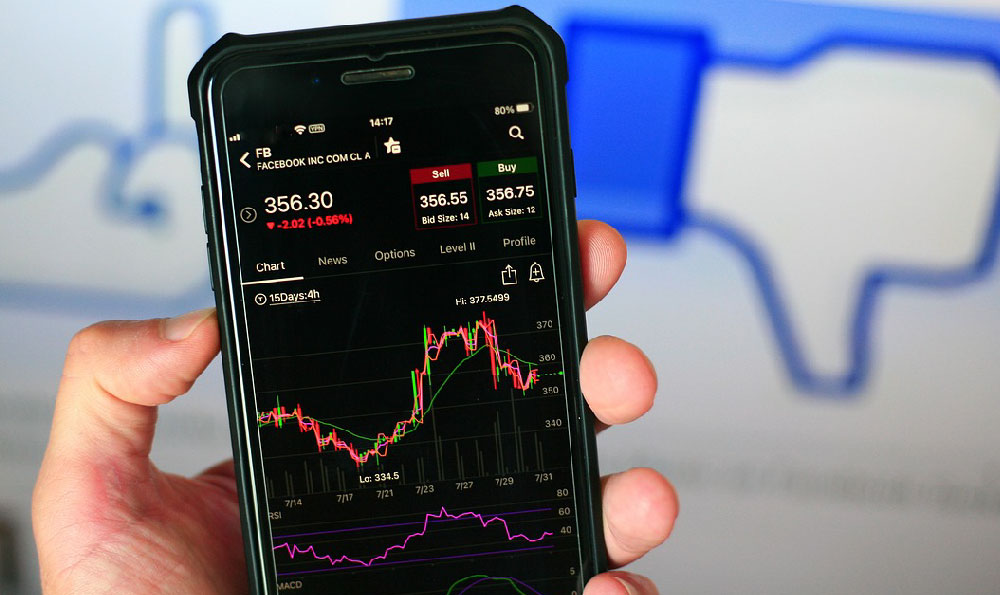The allure of flexible hours and being your own boss has drawn countless individuals to the gig economy, with Uber driving being a prominent example. However, the question of how much Uber drivers actually earn and whether it's sufficient to sustain a reasonable living is complex and lacks a simple answer. Several factors influence a driver's income, making it crucial to delve into the intricacies of the earnings equation.
Firstly, gross earnings, the total amount Uber pays a driver before any deductions, is the most commonly cited figure. This is determined by factors like the base fare, per-mile and per-minute rates, surge pricing, and any promotional incentives offered by Uber. Location is a primary determinant; drivers in densely populated urban areas with high demand generally have more opportunities to pick up passengers and thus earn more than those in smaller cities or rural areas. Similarly, the time of day and week heavily impact earnings. Peak hours, such as rush hour commutes, weekend nights, and special events, tend to generate higher demand and surge pricing, leading to increased earnings for drivers.
However, gross earnings paint an incomplete picture. Drivers are responsible for all operating expenses, which can significantly erode their take-home pay. Fuel costs are a major expense, fluctuating with market prices and the type of vehicle used. Vehicle maintenance, including oil changes, tire replacements, brake repairs, and general wear and tear, is another significant cost. Uber drivers also bear the responsibility for vehicle insurance, which can be more expensive than personal auto insurance due to the commercial nature of the driving activity. Moreover, depreciation, the decline in a vehicle's value over time, is a substantial hidden cost. The more miles driven, the faster the vehicle depreciates. Cleaning supplies, phone chargers, and other miscellaneous expenses further contribute to the overall cost of driving.

Furthermore, taxes represent a significant obligation for Uber drivers. As independent contractors, they are responsible for paying self-employment taxes, which include Social Security and Medicare taxes, in addition to federal and state income taxes. Unlike traditional employees, Uber drivers do not have taxes automatically withheld from their paychecks, requiring them to proactively set aside funds for tax payments. This can be challenging for drivers who are not accustomed to managing their own taxes.
Taking all these factors into account, calculating net earnings, the amount a driver actually takes home after expenses and taxes, is essential. Several studies and surveys have attempted to estimate the net earnings of Uber drivers. While the exact figures vary depending on the methodology and the geographic location, the general consensus is that net earnings are significantly lower than gross earnings. Some studies suggest that net earnings can be as low as $10-$15 per hour after accounting for all expenses, while others indicate a higher range.
The adequacy of these earnings is subjective and depends on individual circumstances and financial needs. For some, Uber driving may serve as a supplementary income source to complement other employment or retirement income. For others, it may be their primary source of income, requiring them to cover all living expenses, including housing, food, healthcare, and transportation. In such cases, the earnings from Uber driving may not be sufficient to provide a comfortable standard of living, particularly in areas with high cost of living.
The question of whether Uber drivers earn enough also raises ethical considerations about the gig economy and the responsibilities of companies like Uber towards their drivers. Critics argue that Uber's business model relies on classifying drivers as independent contractors, which allows the company to avoid paying employee benefits such as health insurance, paid time off, and unemployment insurance. This can leave drivers vulnerable to financial hardship in the event of illness, injury, or economic downturn. There have been ongoing legal battles and regulatory efforts aimed at reclassifying Uber drivers as employees, which would entitle them to greater protections and benefits.
To maximize their earnings, Uber drivers can adopt several strategies. They can strategically choose their driving times and locations to capitalize on peak demand and surge pricing. They can also maintain their vehicles properly to minimize maintenance costs and extend their lifespan. Tracking all expenses meticulously is crucial for accurately calculating net earnings and claiming deductions on taxes. Investing in a fuel-efficient vehicle can significantly reduce fuel costs. Furthermore, drivers can explore other income-generating opportunities within the gig economy, such as food delivery or freelance work, to diversify their income streams.
Ultimately, the decision of whether to become an Uber driver and whether the earnings are sufficient is a personal one. It requires careful consideration of the factors discussed above, a realistic assessment of expenses, and a clear understanding of one's financial needs and goals. While Uber driving can offer flexibility and autonomy, it is essential to approach it with a clear understanding of the financial realities and potential challenges involved. A thorough evaluation of the opportunity, combined with proactive strategies to maximize earnings and minimize expenses, is crucial for success in the gig economy.












